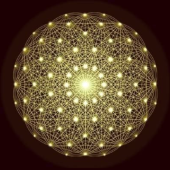
ACIM Journal
Started by
Anderz,
1,972 posts in this topic
Create an account or sign in to comment
You need to be a member in order to leave a comment

Started by
Anderz,
You need to be a member in order to leave a comment